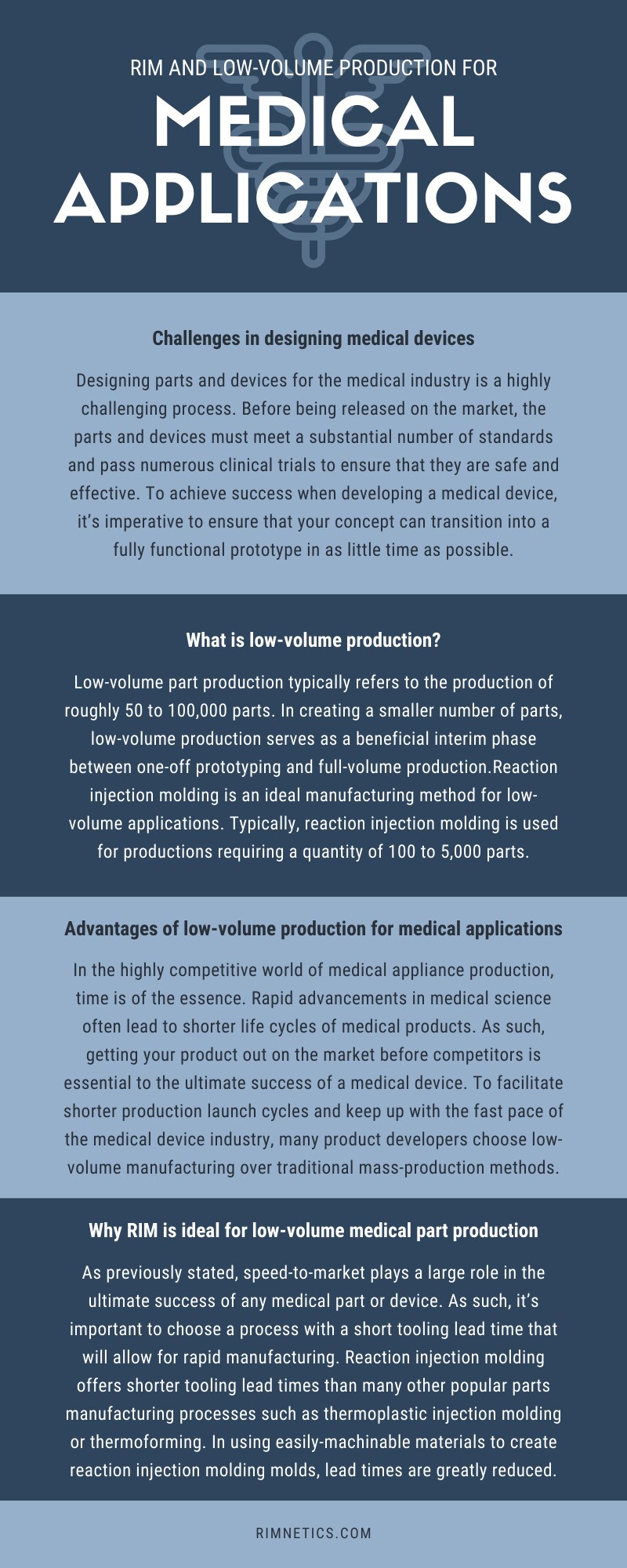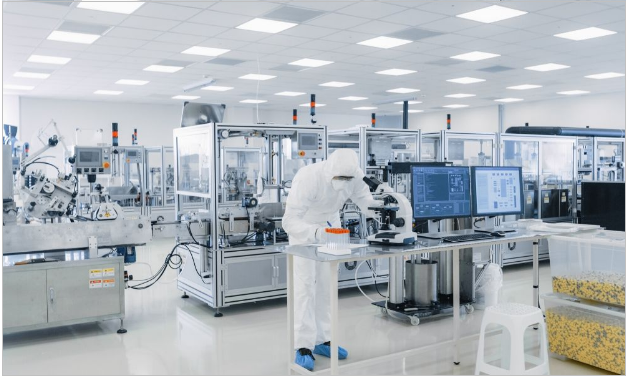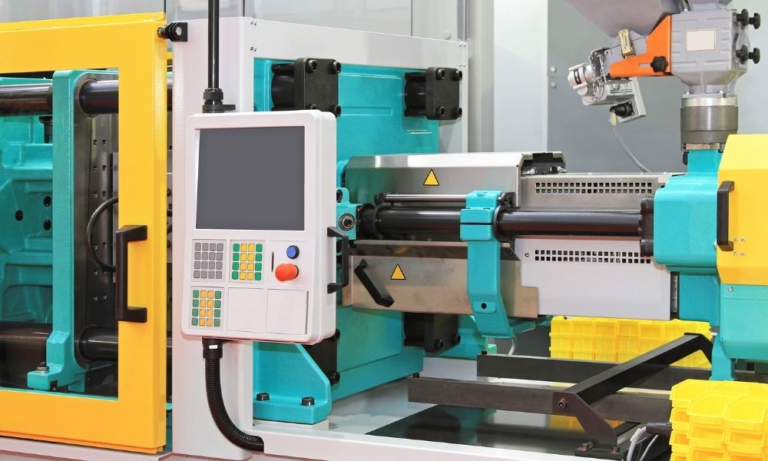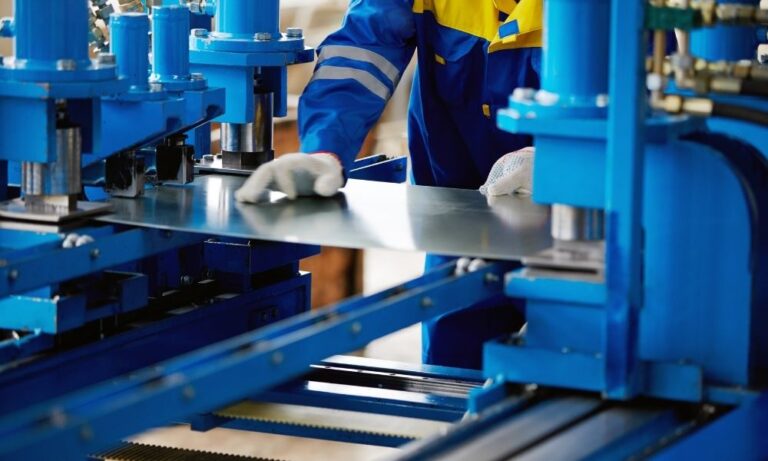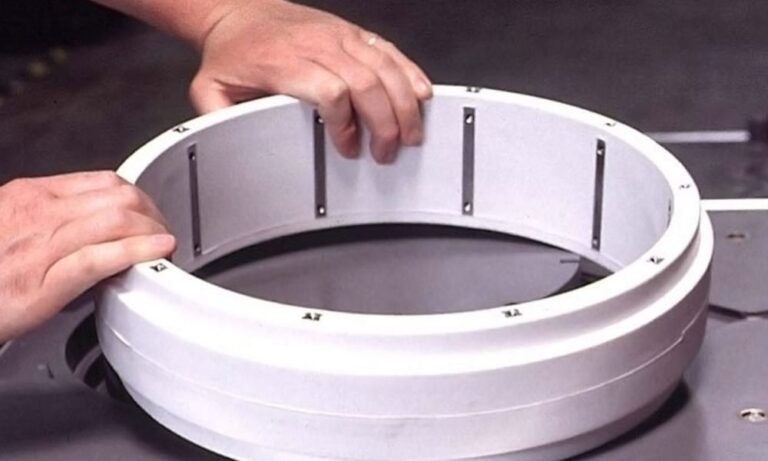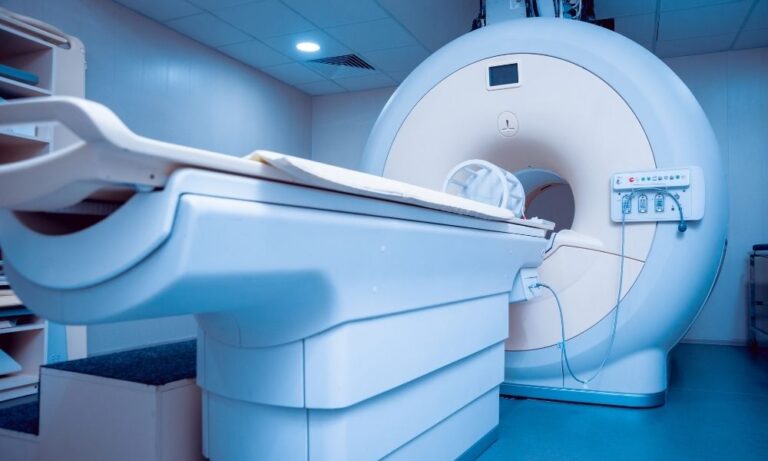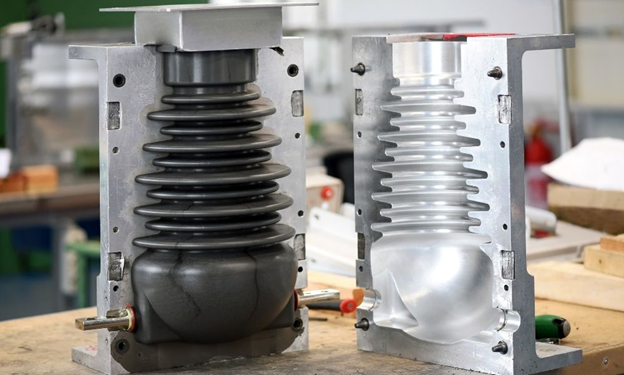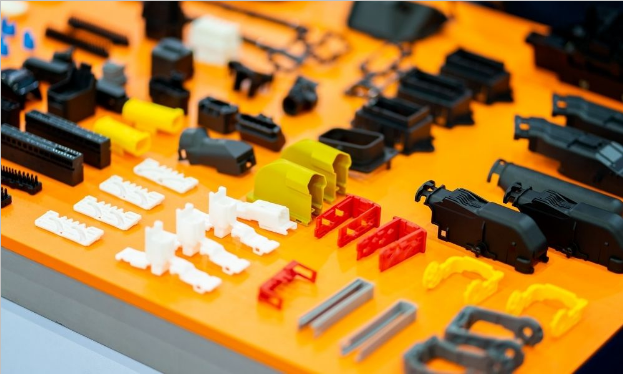RIM and Low-Volume Production for Medical Applications
Reaction injection molding supplies high-quality parts for a wide variety of industries—especially those that require large complex parts produced in low volumes. One of the most advantageous applications of reaction injection molding is the low-volume production of medical devices.
Due to the low viscosity material and injection pressure used in the reaction injection molding process, large, complex medical devices can be produced in low quantities in an economical and timely manner. To learn more about why RIM is ideal for the low-volume molding of medical appliances, continue reading.
CHALLENGES IN DESIGNING MEDICAL DEVICES
Designing parts and devices for the medical industry is a challenging process. Before being released on the market, medical devices must meet stringent standards and pass numerous clinical trials to ensure that they are safe and effective.
To successfully develop a medical device, it’s imperative that a concept smoothly transitions first into a fully functional prototype and then an approved product in as little time as possible. To reduce a product’s time to market, reaction injection molding can simplify projects by rapidly delivering economical and functional prototypes that can, upon approval, be launched directly into low-volume production.
UNDERSTANDING RIMS ROLE IN MEDICAL DEVICE PRODUCTION
There are two categories of medical devices: disposable items intended for single use and used in high volumes and items that are intended for continued use such as large, high quality medical devices. Disposable medical items, such as masks or thermometers, are typically created in large quantities. These small, frequently used items are typically well suited to traditional plastic injection molding because its large tooling cost will only be offset by these products’ massive production quantities.
By comparison, more expensive, complex medical machinery, such as gene splicers and CAT scan machines, are typically produced in lower volumes. High-quality medical equipment represents reaction injection molding’s sweet spot because RIM’s more affordable tooling process only requires low levels of production to offset its costs. Since a smaller number of parts are being created, lower individual part production costs wouldn’t be enough to offset the expensive cost of an injection molded tool.
To better understand RIMs role in medical product production, consider the concept of the razor and the blade. In this analogy, the razor refers to the larger medical machinery while the removable blade refers to disposable products, which are typically created at larger volumes. At Rimnetics, we don’t create disposable products that have to do with the blade. Instead, we are involved with the production of the “razor.”
WHAT IS LOW-VOLUME PRODUCTION?
Low-volume part production typically refers to the production of roughly 100 to 100,000 parts. In creating a smaller number of parts, low-volume production serves as a beneficial interim phase between one-off prototyping and full-volume production.
Reaction injection molding is an ideal manufacturing method for low-volume applications. Typically, low-quantity injection molding is used for productions requiring quantities of 100 to 5,000 parts per year.
WHY RIM IS IDEAL FOR LOW-VOLUME MEDICAL PART PRODUCTION
The low viscosity and low injection pressure associated with the reaction injection molding process also make RIM perfect for the low-volume injection molding of medical appliances. RIM only requires aluminum tooling, which is far less costly than the steel tooling needed for injection molding. Injection molding occurs under high temperatures at high pressure to force pellets into a tool and then mash them together. To facilitate the injection molding process, a durable steel tool is essential, and the cost of steel needed to create the large tools necessary to make a small volume of sizeable medical devices is often not cost effective.
To provide some perspective, molding a large part for a CAT scan machine would entail creating a sizable tool that would cost several hundred thousand dollars or more with steel tooling. Fortunately, reaction injection molding provides a convenient, more affordable resolution.
The reaction injection molding process doesn’t rely on the intense temperatures and pressure utilized in injection molding. Instead, the RIM process creates polyurethane by combining two low viscosity liquids into a mix head that is attached to a tool. When those two liquids come together, they have a chemical reaction and form another liquid that is then forced into the mold. Because the resulting liquid has such a low viscosity, it easily enters and runs throughout the tool without the application of high temperatures and pressures. The efficiency with which the liquid, absence of extreme pressures or temperatures, fills the tool explains why the reaction injection molding process utilizes aluminum tooling. Since aluminum is significantly less expensive than steel, reaction injection molding allows large medical devices to be created at a significantly lower cost, which is ideal for low volume production. To reiterate, the larger the medical device is, the less expensive it is to mold using reaction injection molding because the tooling is less expensive to produce.
Reaction injection molding also offers the added benefit of low-cost mold changes. Since RIM molds are machined from aluminum, which is less expensive and more pliable than steel, making alterations to RIM tooling doesn’t entail the same financial and scheduling implications that it would with steel tooling.
WHY YOU SHOULD CHOOSE RIMNETICS INC. AS YOUR LOW-VOLUME PRODUCTION MEDICAL DEVICE MANUFACTURER
Rimnetics, Inc. is the premier reaction injection molding company in North America. With over 30 years of experience, Rimnetics intimately understands the art of manufacturing medical device enclosures, medical carts, and other medical devices at competitive prices. For this reason, customers ranging from medical startups to Fortune 500 companies have frequently relied on us to provide them with the molded solutions® necessary to make their medical devices a success. For more information about how Rimnetics, Inc’s reaction injection molding processes can help you produce superior medical parts at the lowest possible price, please contact us today.
